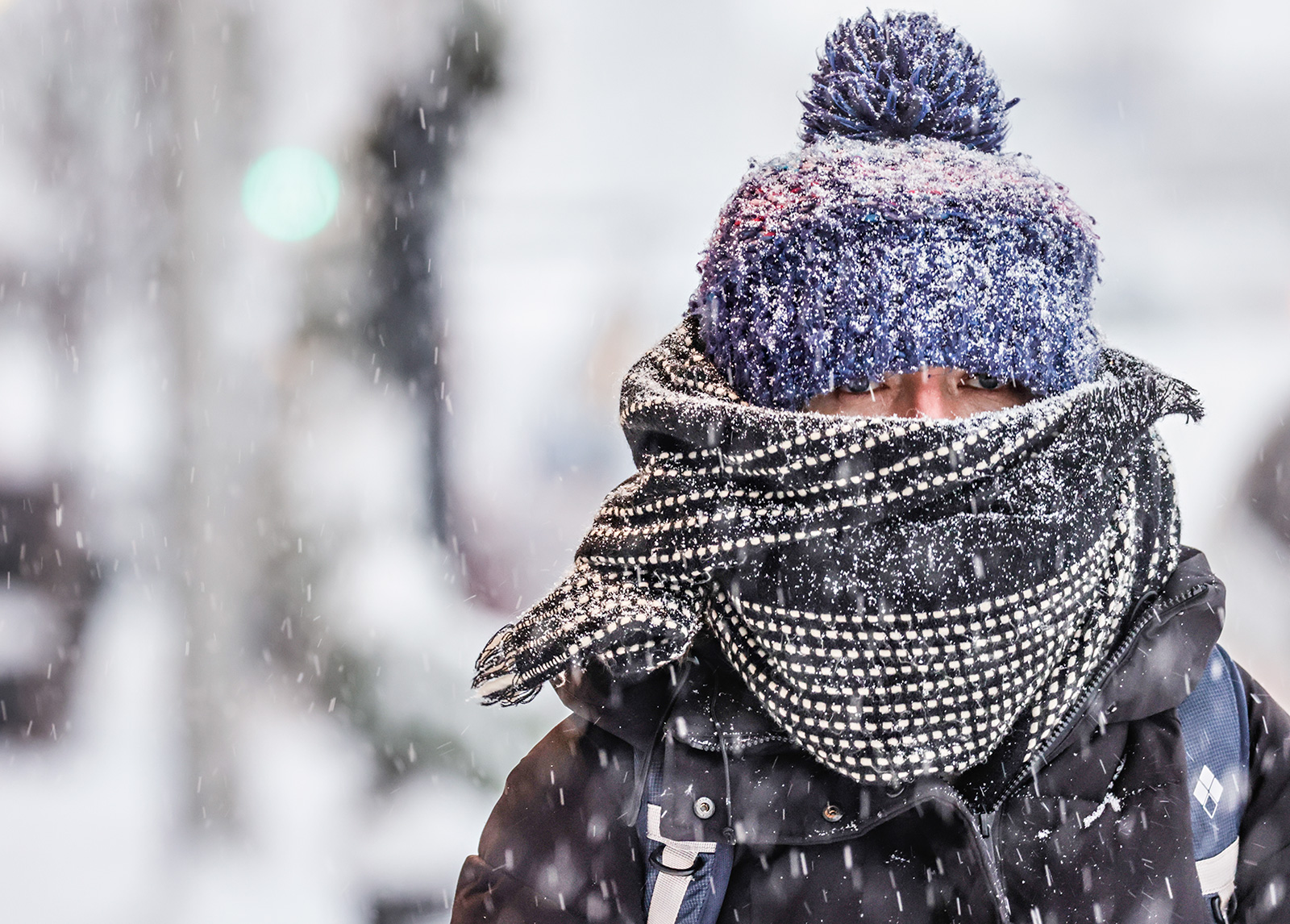Heavy Snow and ‘Bitter Cold’ in Flathead Valley Forecast
Weather models indicate a strong winter storm that is predicted to bring feet of snow to the mountains, as well as high winds and temperatures as low as minus 30 degrees to northwest Montana by the weekend
By Maggie Dresser
After a long period of unseasonably warm and dry conditions, officials with the National Weather Service expect heavy snow and wind early this week followed by “bitter cold” temperatures that could reach minus 30 degrees in northwest Montana over the next week.
Starting Monday night, light snow will begin falling in the mountains and will steadily increase to heavy snow in the northwest portion of the state, with blustery conditions continuing into Tuesday, accompanied by gusts up to 50 mph.
“We are expecting a lot of heavy snow in the mountains, particularly in north central Idaho and northwest Montana where some of the highest peaks could see anywhere from two to three feet of snowfall,” Jenn Kitsmiller, a meteorologist with the National Weather Service in Missoula, said in a weather briefing.
Marias, Lolo and Lookout mountain passes will also be impacted by the winter storm, with heavy snow and high winds affecting road conditions and visibility for travelers.
By Tuesday afternoon, winds will drift into the valleys where gusts could be 40 to 50 mph combined with blowing snow.
Forecasters say there is a 90% confidence that a Canadian arctic air mass will move into Montana on Wednesday evening with strong northeast winds. The front will likely bring the coldest temperatures so far this winter, which could fall to minus 30 degrees, according to Kitsmiller.
“We’ll see a rapid temperature drop, strong northeast winds and with that there will likely be some blowing snow, especially in northwest Montana where we’ll be expecting most of the snowfall over the next few days,” Kitsmiller said.
As of Jan. 8, Kalispell is forecast to see a low of minus 19 degrees on Thursday night with a high of minus 8 degrees on Friday.
The winter weather advisory comes after a weekend storm dropped 1 to 2 feet of snow in the Flathead, Whitefish and Swan mountain ranges, with Whitefish Mountain Resort receiving more than a foot of new snow in the past week following prolonged periods of high pressure.
While the storm helped boost the snowpack, it remains well below the average at 58% of the median. The Sun-Teton-Marias basin is 25% of the median while the Kootenai is 57%.
Experts remind the public to protect pets and livestock from cold exposure, dress warm and cover extremities, stay inside and check on elderly and vulnerable individuals. Seek medical help if you experience signs of hypothermia or frostbite.
For weather updates, visit www.weather.gov/mso.